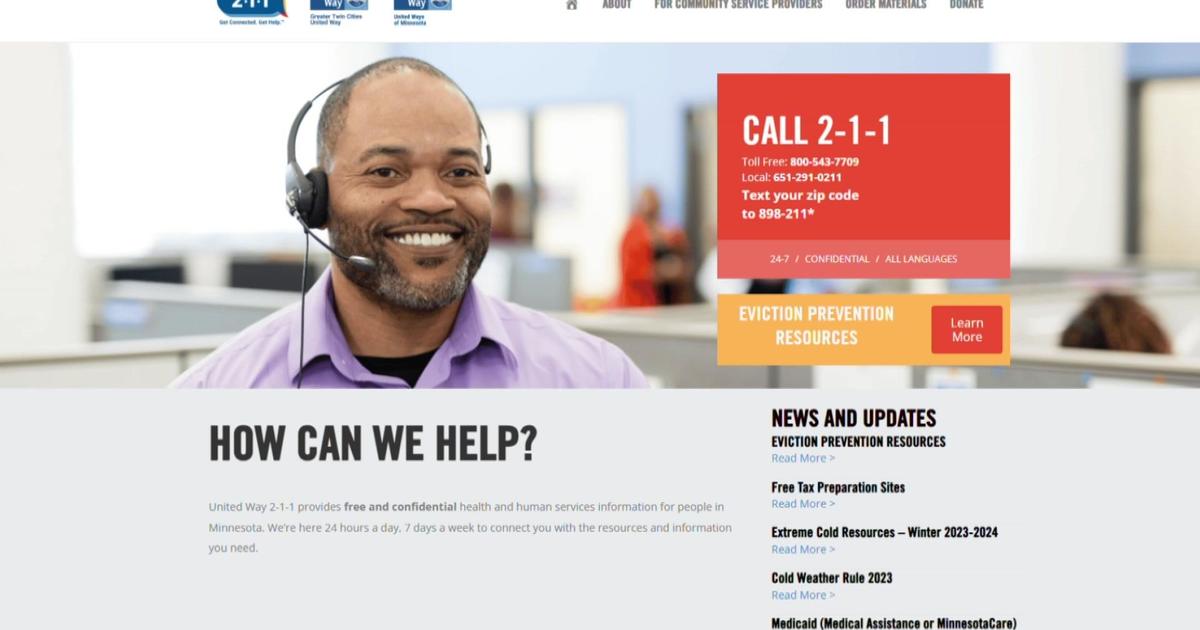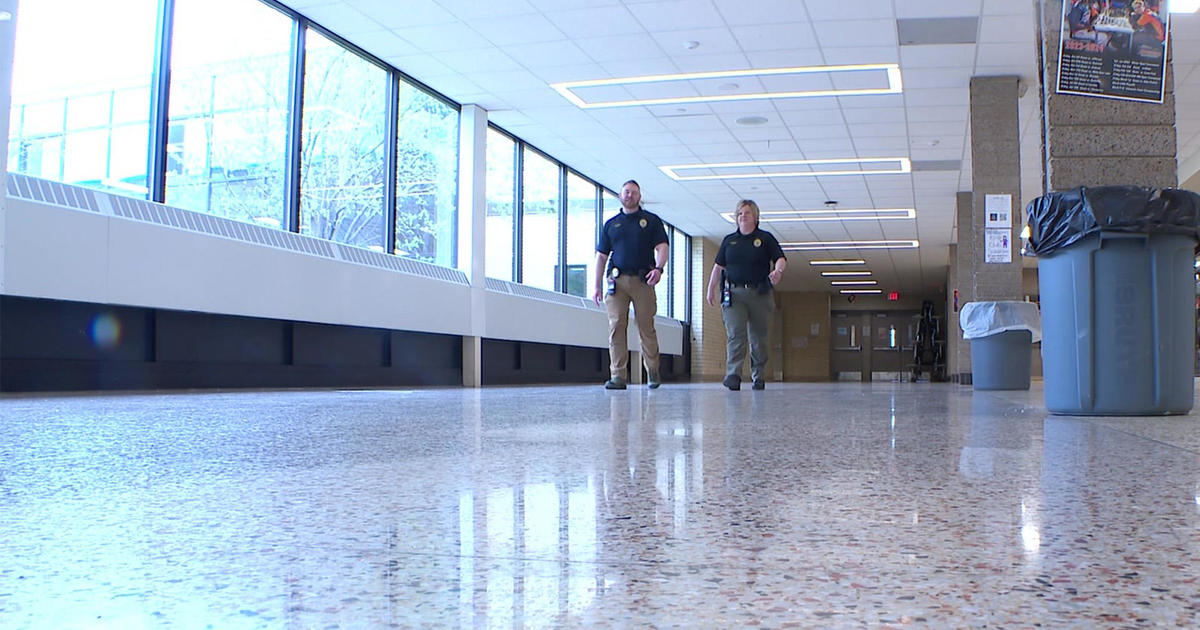Guy On A Bike: Basics Of Bicycle Commuting
By: Guy Still
According to the U.S. Census Bureau's 2013 American Community Survey (and my amateur calculations), nearly 860,000 people in the U.S. commute to work via bicycle. Of that, the report estimates there are 28,864 hearty Minnesotans who ride to their jobs. And while it doesn't make sense for everyone, there are lots of good reasons for bicycle commuting: cycling is great exercise, parking is free and it can be a lot more relaxing than being stuck in rush hour gridlock.
If you've thought about pedaling in to your gig but haven't yet taken the plunge, here is a step-by-step guide to make that dream a reality.
Get a Bike
If you're going to start riding to work you need some wheels.
If you've already got a bike in your garage head over to your local bike shop (LBS) and get it tuned up. If you don't have a bike, ask your friends and family if they've got one you can use. Bikes can be expensive and the last thing you need is to drop hundreds of dollars (or more) on a bike, only to discover that bicycle commuting isn't for you.
Another option, in some communities, is to try a bike sharing program. Nice Ride is offered at dozens of stations across Minneapolis and Saint Paul. Once signed up with the program, it is free to use a bike for up to 60 minutes at a time. You can also buy a 30-day pass to see if bike sharing right for you.
Plan Your Route
There are plenty of mapping programs that can help you find the best route from your door to the office.
Personally, I prefer Google Maps, but there is also MapMyRide and bikemap.net. (If you use Google be sure to click on the little bike dude, in order to avoid highways and give preference to bike-friendly roads.) Once the program creates a route, look it over. Does it make sense? Are certain roads best avoided?
Next, print out the turn-by-turn directions and take a practice ride. Do this on a day when you have lots of time and aren't working. This allows you to identify, and rectify, any problems you may face along the way, such as dangerous intersections, steep climbs or feisty mountain goats.
Also, take note of any bus lines that run along your route. If your bike has some sort of mechanical failure that can't be fixed on the road you can hop on the bus. Many bus services, such as Metro Transit, have snazzy bike racks to accommodate your wheels.
Gear Up
Cycling doesn't have to be expensive, but there are a few things you will need.
First and foremost: lights.
The state of Minnesota requires a white light that can be seen from at least 500 feet when it's dark outside. In the rear only a red reflector is required, but a nice, red, blinky light is much more visible and a smart investment.
A helmet is also a great idea, and something I never leave home without, but is not required by law.
Also, a nice bicycle lock is a must, especially if you need to park outside. A U-lock is, typically, much more secure than a cable lock or chain.
You will also need something to carry a change of clothes, lunch and any other items you need on a daily basis. Your options range from a standard backpack, to a messenger bag or panniers. It really doesn't matter what you use, so long as it doesn't impede your ability to ride safely.
Take The Plunge
On the first day you ride in, be sure to give yourself extra time. There will almost certainly be some bumps in the proverbial road, but you don't want to be late to work.
If all goes well and you get in early, go grab yourself a celebratory pastry. Or do what I do: take a short nap.
Some Final Notes
I recommend learning some very basic bike repair.
While I can't true a wheel or hang a derailleur, I do know how to change a flat tire and adjust my brakes. You should learn to do the same.
Don't overdress.
After a few minutes of churning you will get warm. I suggest checking the forecast and dressing as you would if it were 20 degrees warmer.
Pay attention.
Stay off your phone and don't wear earphones. I love listening to tunes while cycling, but I have a little speaker on my bag, so I can listen to traffic, while also jamming out to Johnny Cash. Also, stay alert for drivers exiting parked vehicles. A door suddenly opening when you're cruising at 20 mph can lead to a bad day in a hurry.
Learn the rules of the road.
Bicycles are considered traffic and, therefore, must adhere to all applicable laws and traffic signs.
A shower or some wet wipes go a long way in keeping your coworkers happy after you ride in.
Have fun!



